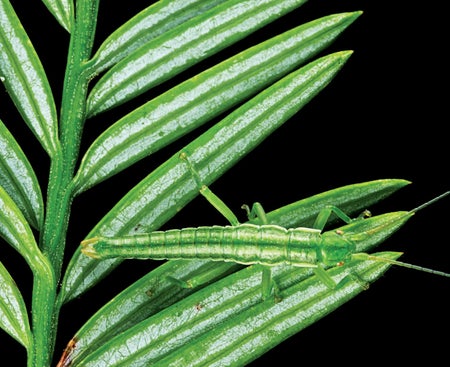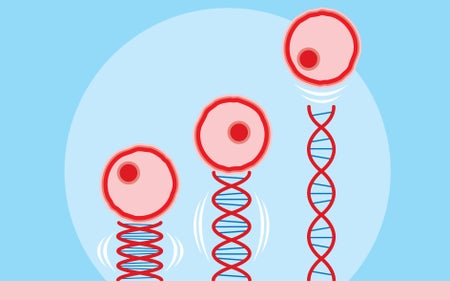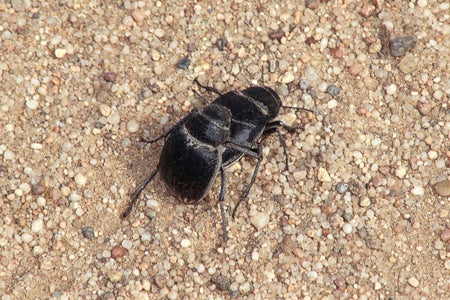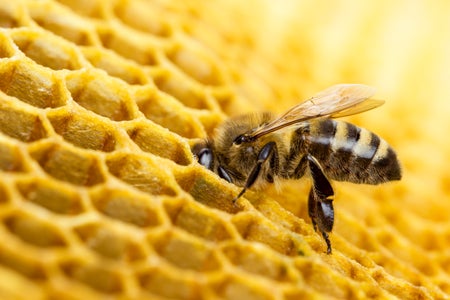
Plants’ Photosynthetic Machinery Functions inside Hamster Cells
Transplanted chloroplasts endured two days inside animal cells—and got to work
Saugat Bolakhe is a freelance science journalist. He studied zoology as an undergraduate in Nepal and received a master’s degree from the Craig Newmark Graduate School of Journalism at the City University of New York. His work has appeared in Scientific American, Nature, New Scientist, Quanta, Eos, Discover, Knowable and other publications.

Plants’ Photosynthetic Machinery Functions inside Hamster Cells
Transplanted chloroplasts endured two days inside animal cells—and got to work

Complex, Hidden Landscape Mapped a Mile under Greenland Ice
A new Greenland map suggests how geology might shift and twist below the ice

These Male Stick Insects Aren’t ‘Errors’ After All
Some female stick insects can reproduce without males—but they have a secret

Cells Discovered Making ‘Dark Oxygen’ Underground
A chemical trick for making oxygen can sustain whole underground ecosystems

Some Lizards Can Smell Their Rivals’ Size
Wall lizards can “size up” invading competitors by smell alone

Scientists Create the Smallest-Ever Moving Cell
Just two genes get tiny synthetic cells moving, offering clues to life’s evolution

Flavor-Enhancing Spoons and Chopsticks Could Make Food Taste Better
New types of cutlery can enhance flavors such as sweetness or saltiness for a more satisfying meal

Observatory on Mount Everest Must Be Saved, Scientists Say
A research facility halfway up Mount Everest is crucial for research on climate change and biodiversity. And it’s falling apart

Cilia Are Minuscule Wonders, and Scientists Are Finally Figuring Out How to Mimic Them
A new cilia-covered chip could revolutionize portable medical diagnosis

Mysterious ‘Retron’ DNA Helps Scientists Edit Human Genes
For the first time, researchers have used this bacterial tool to edit genes in human cells

Lego Robot with an Organic ‘Brain’ Learns to Navigate a Maze
The neuromorphic computing device solved the puzzle by working like an animal brain would

Desert Beetles Rely on Oral Sex for Successful Mating
The more time the insects spend on the courtship ritual, the better mating goes

The Surprising Architecture in Bees’ Honeycombs
The insects’ hives are more complicated than researchers thought